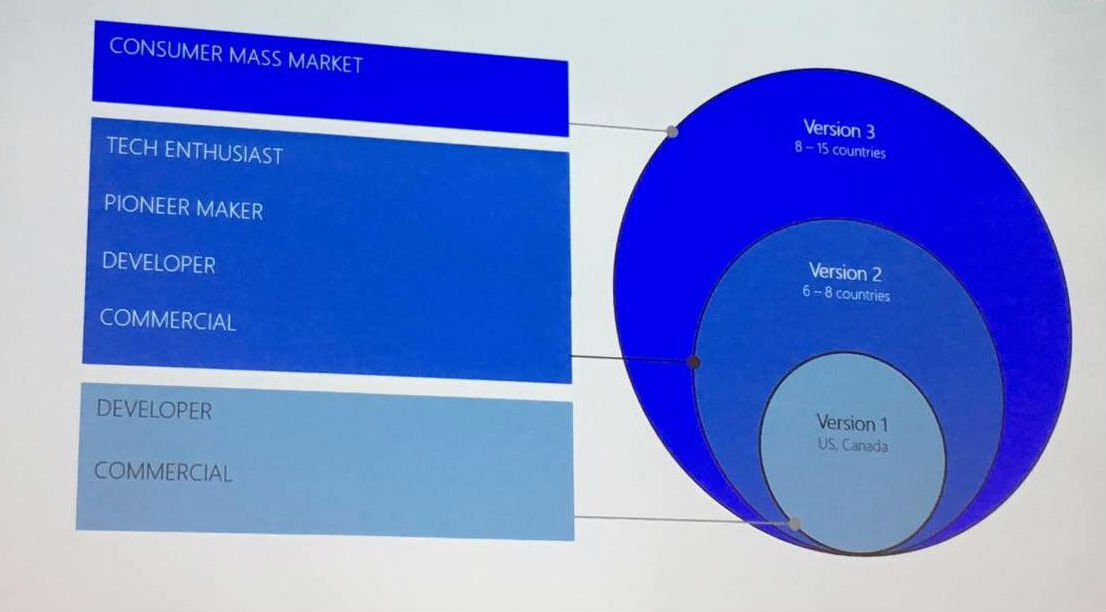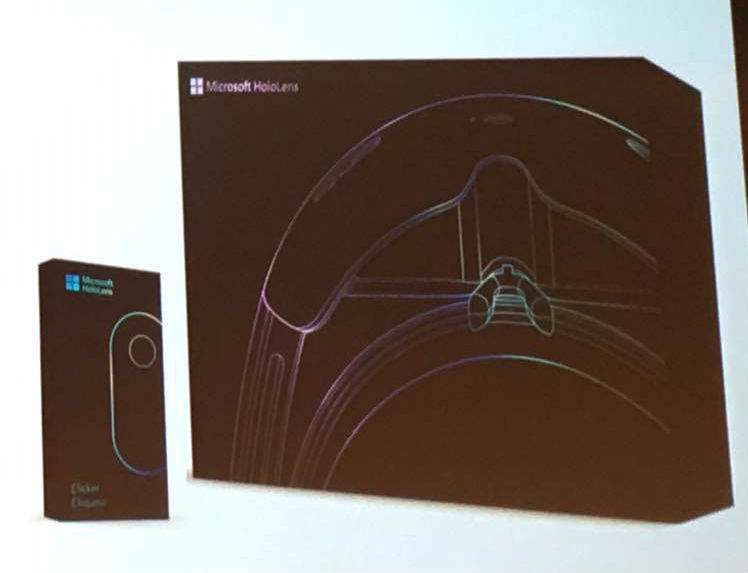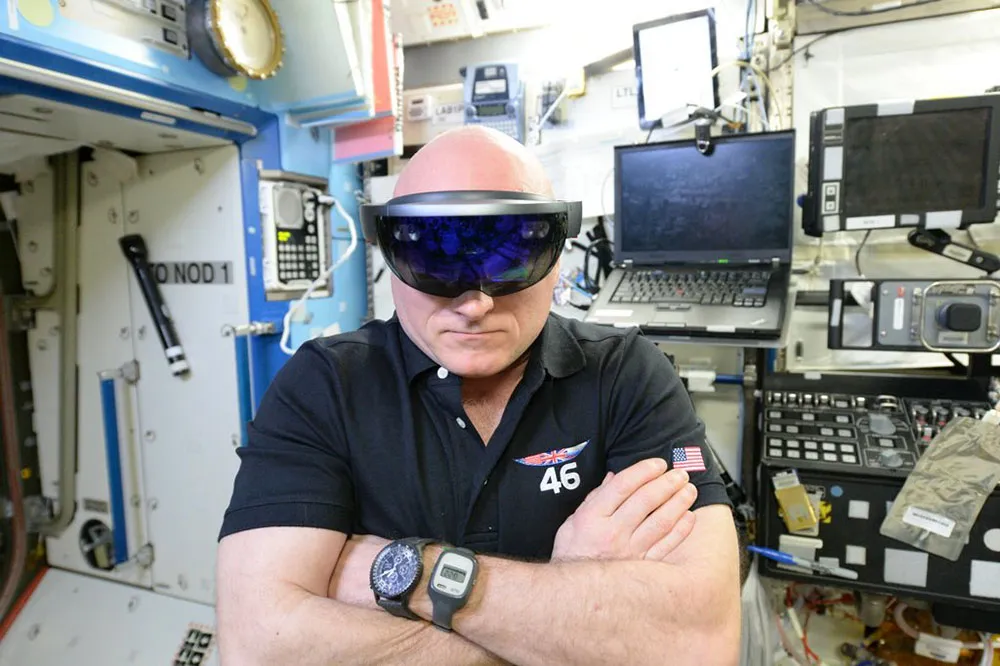Images from a Microsoft presentation, received exclusively by UploadVR, reveal new details about the HoloLens platform, including the company projecting mass-market adoption of the mixed reality technology with its third-generation.
The $3,000 developer kit for HoloLens ships later this month and Microsoft expects the device to only appeal to developers and the commercial market in its first generation, expanding in scope and availability with its second generation as tech enthusiasts come aboard and achieving mass market appeal with the third generation of the device.

Recently, UploadVR reported on a Microsoft patent suggesting the company is exploring headsets that can accomplish both augmented and virtual reality technologies. Additionally, comments made by Microsoft co-founder Bill Gates in a Reddit question-and-answer session provide some insight into the pioneer’s thinking regarding the direction of mixed reality technologies.
“VR is the extreme case of AR when nothing from the real world gets mixed in,” he wrote. “I don’t think these two things will stay as separate as they are now.”

Overall, the evidence suggests Microsoft is envisioning a mass market mixed reality future on the way over the next few years, even though large leaps need to be made in both the cost and capabilities of these devices. For Microsoft, that evolution begins by appealing to developers and businesses with augmented reality applications on a very expensive device with a small field of view.
Merging paths for AR and VR
While Google Glass could hardly be called AR, it was designed to be worn outside your house. At $1,500 and featuring limited capabilities, though, it didn’t gain traction in any market. The Oculus Rift and HTC Vive are $600 and $800 respectively and require a $1,000 gaming PC to run them. With pre-orders under way, the devices seem to be finding traction among gamers. Separately, sub-$100 mobile VR headsets like Gear VR and Google Cardboard are piggy-backing on the larger phone market. Those lower-cost devices are making inroads for uses such as personal entertainment, education and marketing.
The AR market is projected to be much larger than VR because, like Google hoped with Glass, the device could be as portable and as frequently used as a mobile phone. While companies like Meta and Magic Leap develop future AR headsets, the failure of Glass to find a market underscores the gap between how expensive an AR device is to make and the additional features it needs to include before people are willing to wear one out in the real world. HoloLens, in contrast, is twice as expensive and far more capable than Glass, but so bulky it’s likely only to be used at home or work.
With 15,000 pre-orders for Vive in 10 minutes, the Oculus website overwhelmed by Rift pre-orders in January, more than five million Google Cardboards shipped and the high-quality Gear VR offered for free with pre-orders of a new phone, it’s increasingly looking like VR is ready for mass-market adoption in the very near future.
Clearly there’s a sweet spot between portability and a feature set that’s a mixture of today’s VR and AR headsets. It’s possible a descendent of HoloLens could add VR functionality at a lower price quicker than a second or third generation of technology from Samsung, Facebook or HTC could add AR features. The opposite is possible, too. Put simply: the race is on to merge AR and VR.


























